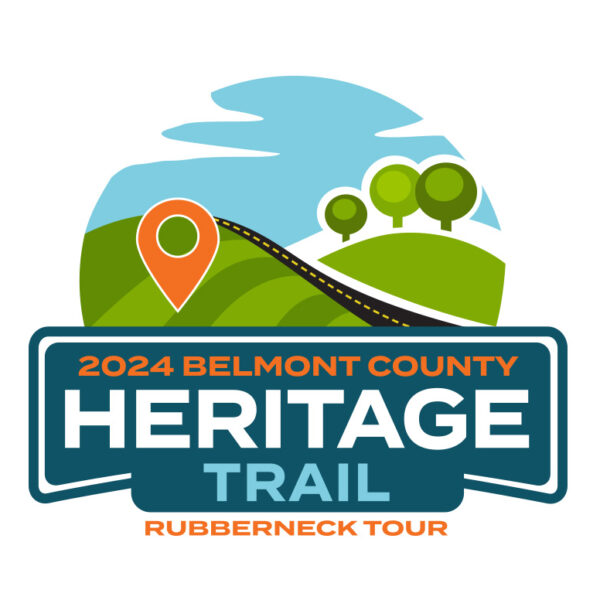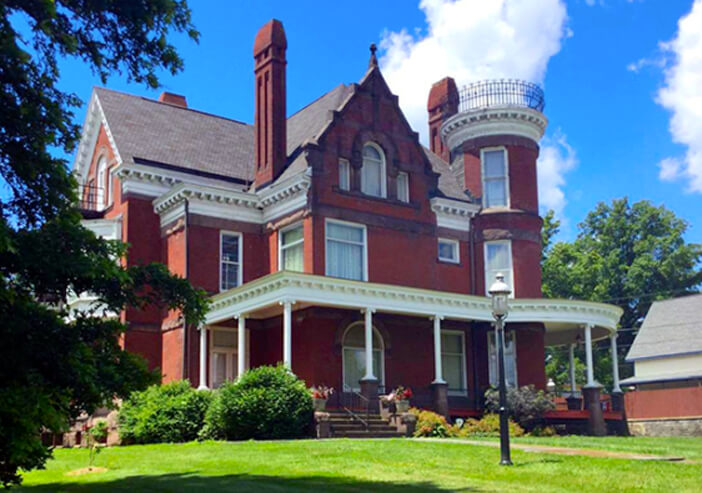
Historical Sites
Let us share our past with you. Belmont County’s historic sites are locations where pieces of social, political, military, and or cultural history have been preserved due to their cultural heritage value. Plan your trip to Belmont County and experience the rich history.
Play, Stay, & More
Explore Belmont County
Belmont County
Plan Your Trip Today
find it here
Plan Your Trip to Belmont County
Whether you are vacationing with family or on a business trip, we offer many unique shops, restaurants, hotels and more. Enjoy our friendly, relaxed atmosphere. Enjoy our beautiful Belmont County, Ohio.
- Visit our Historic Museums & Sites
- Experience our Famous Fairs & Festivals
- Explore the Heart of Appalachia - Inside and Out
Stay Updated
Sign Up Today
Sign up for our newsletter to learn more about upcoming events, news in Belmont County, and exciting offerings.



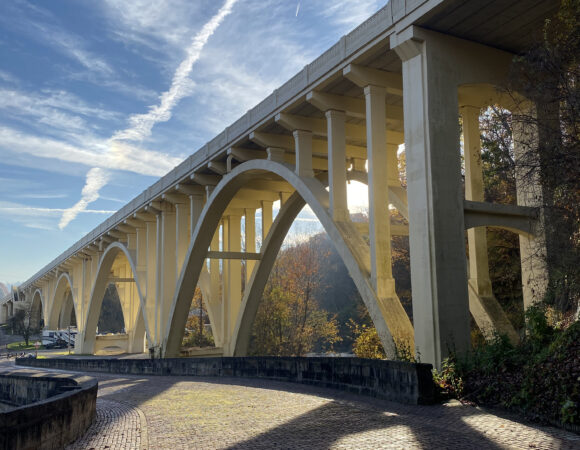
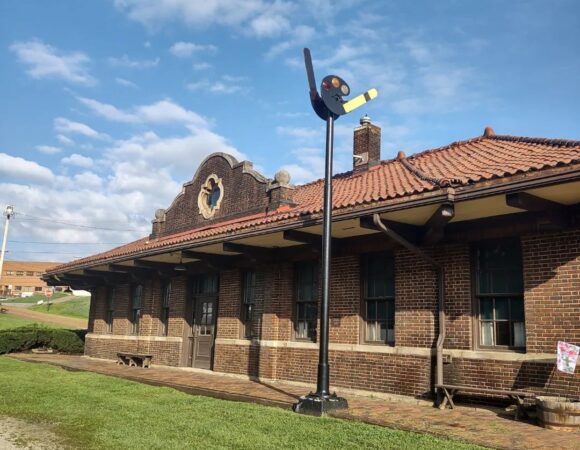
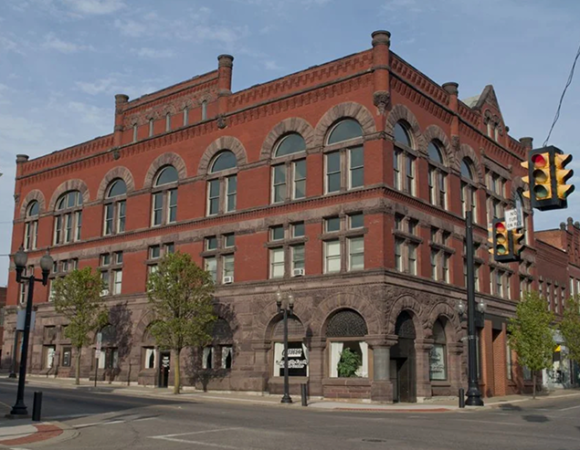
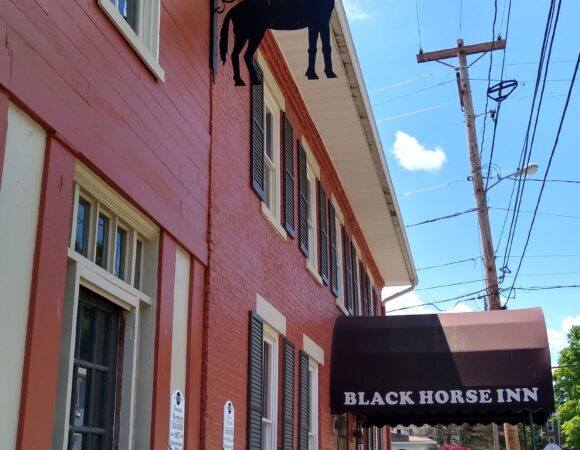
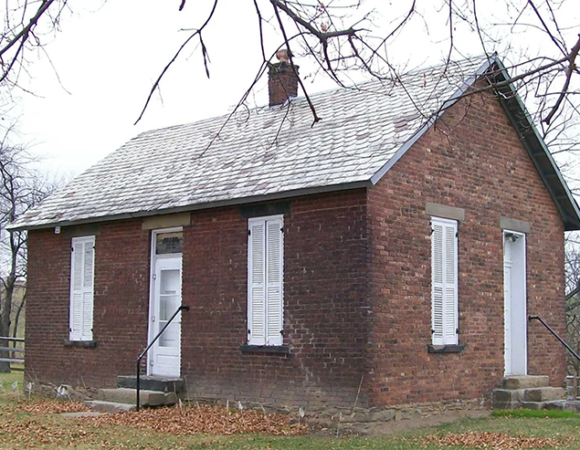
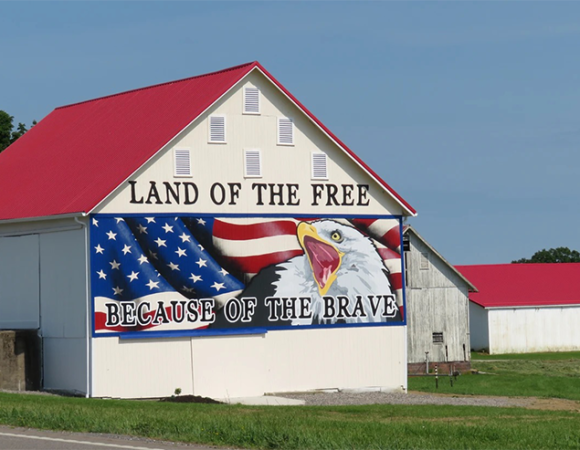
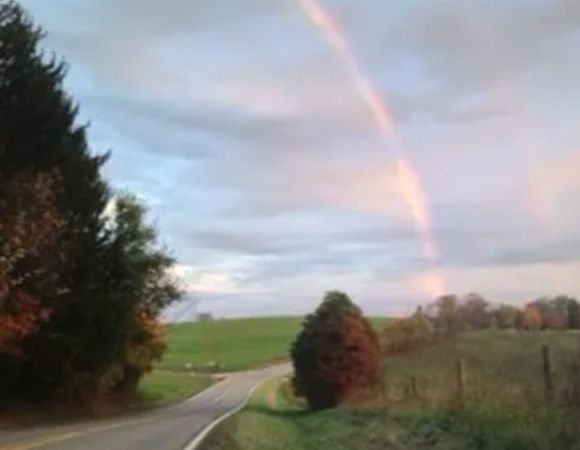
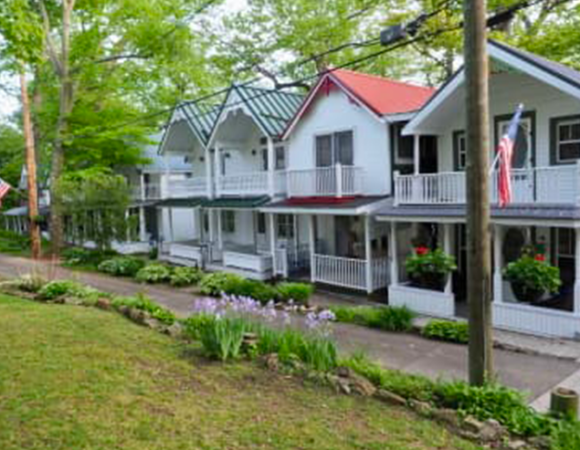
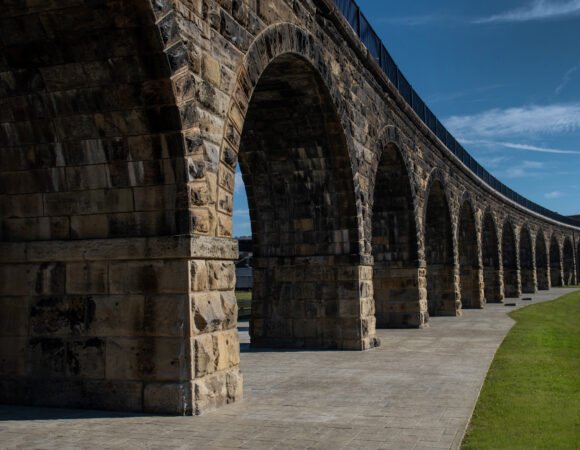
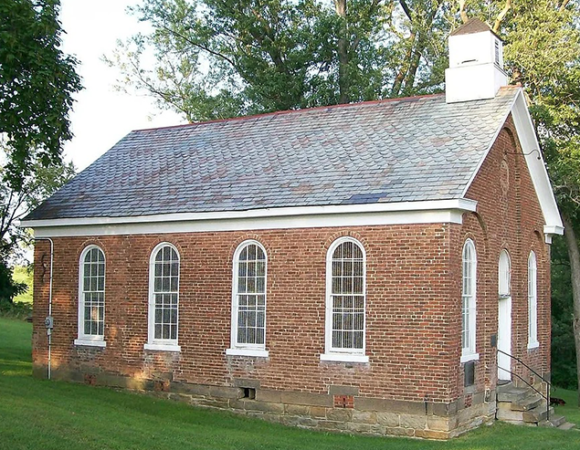
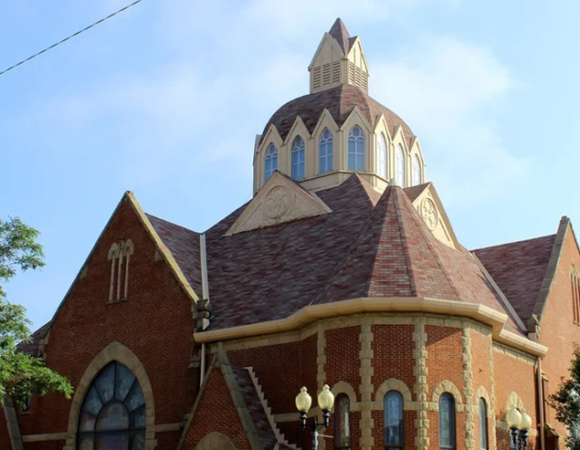
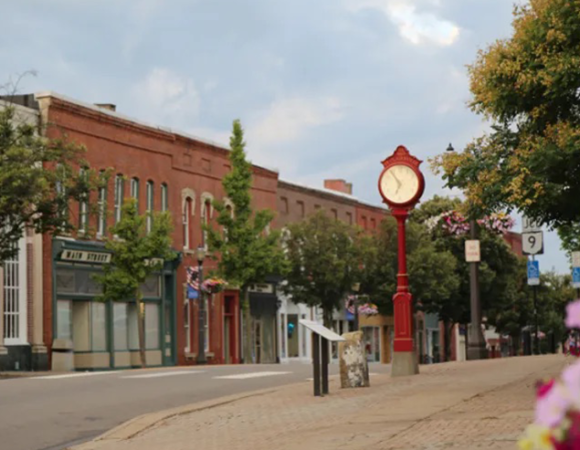
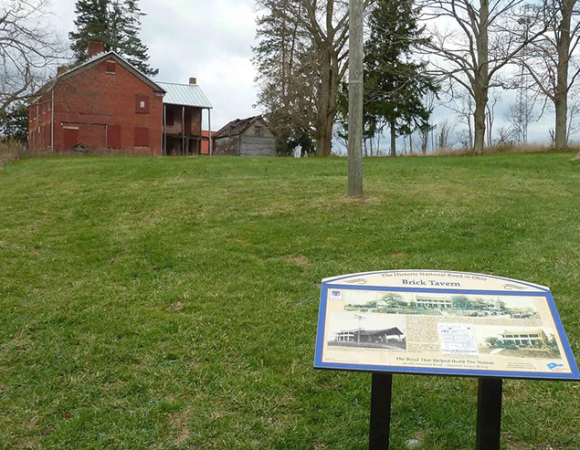
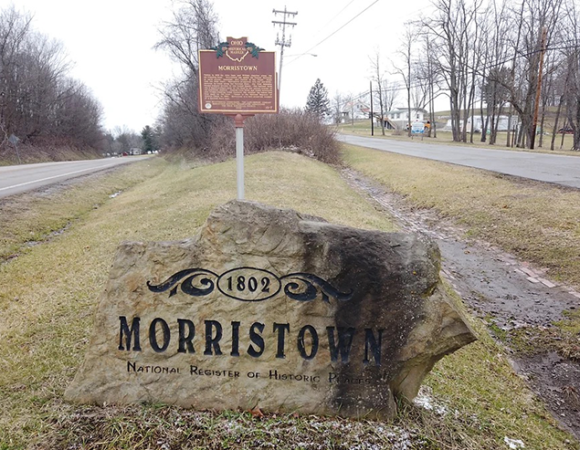
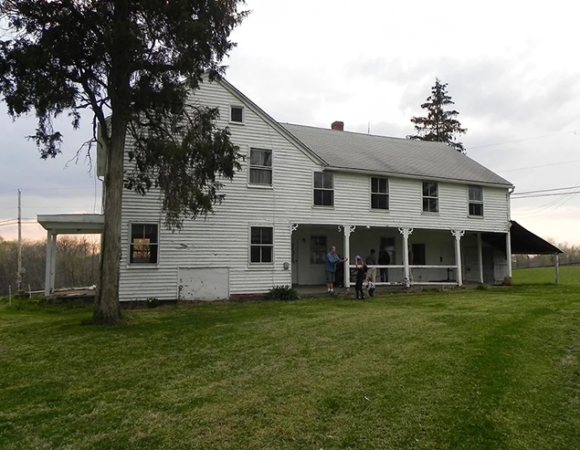
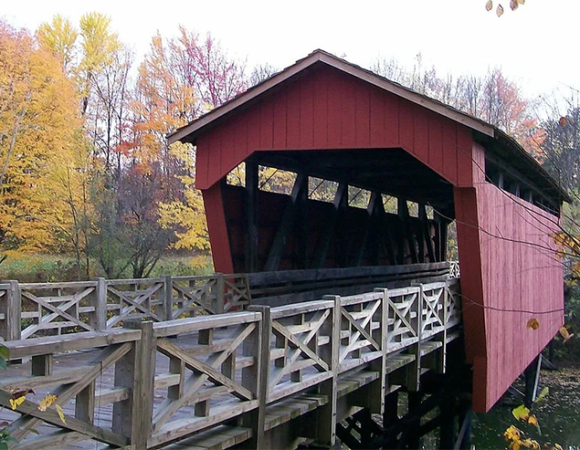
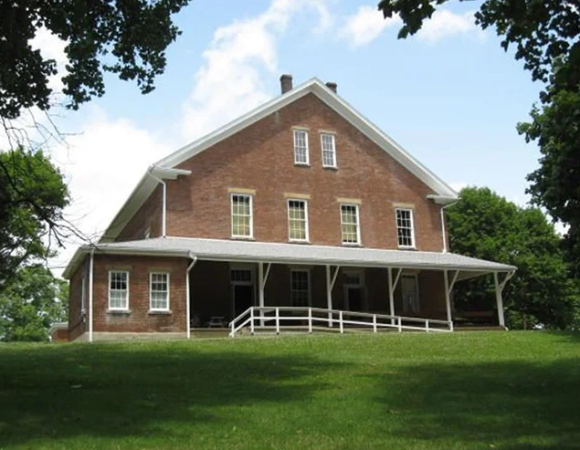
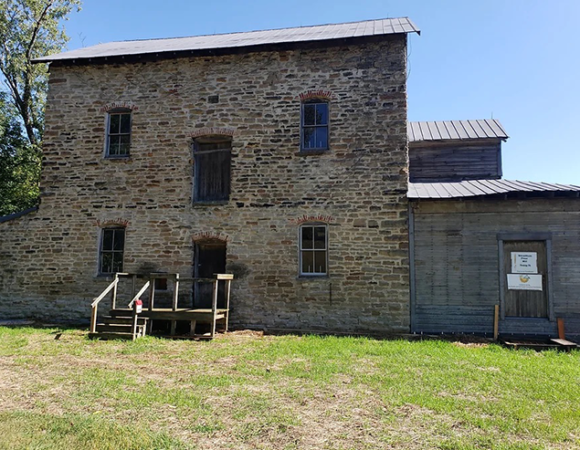
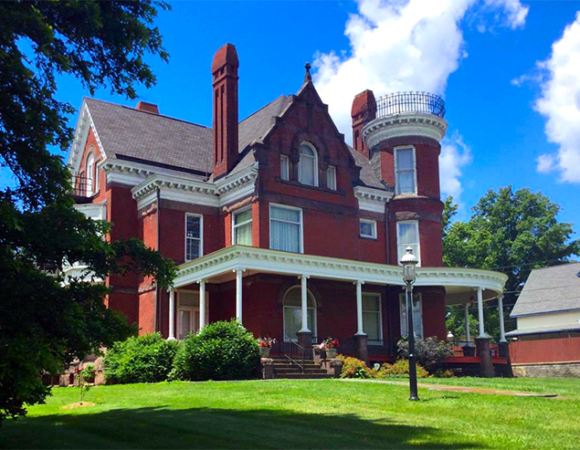
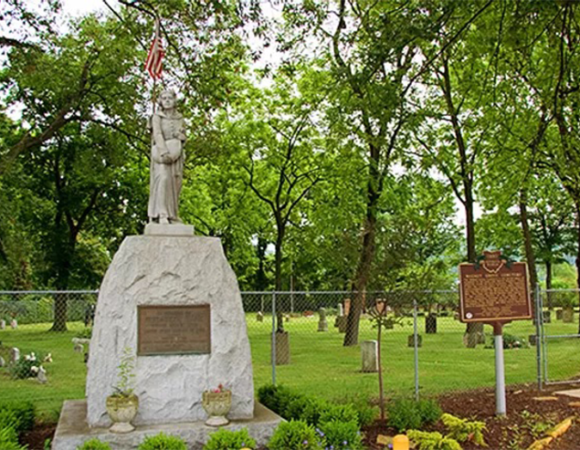
![Belmont 2024[44] Belmont 2024[44]](https://www.visitbelmontcounty.com/wp-content/uploads/elementor/thumbs/Belmont-202444-qmlwwvh9t89sa28k8967lxvesb9rjmcksdticyibvu.jpg)
